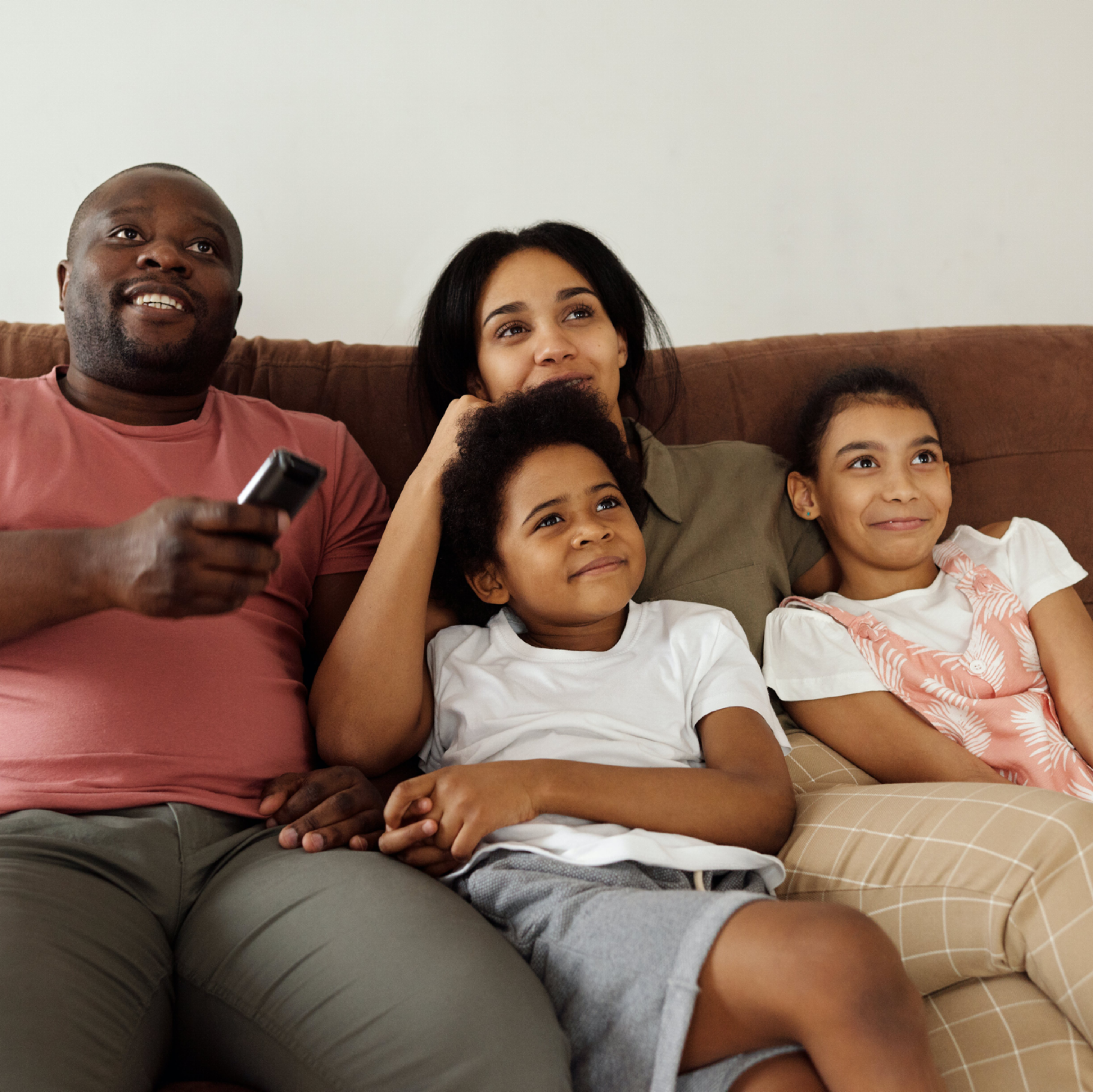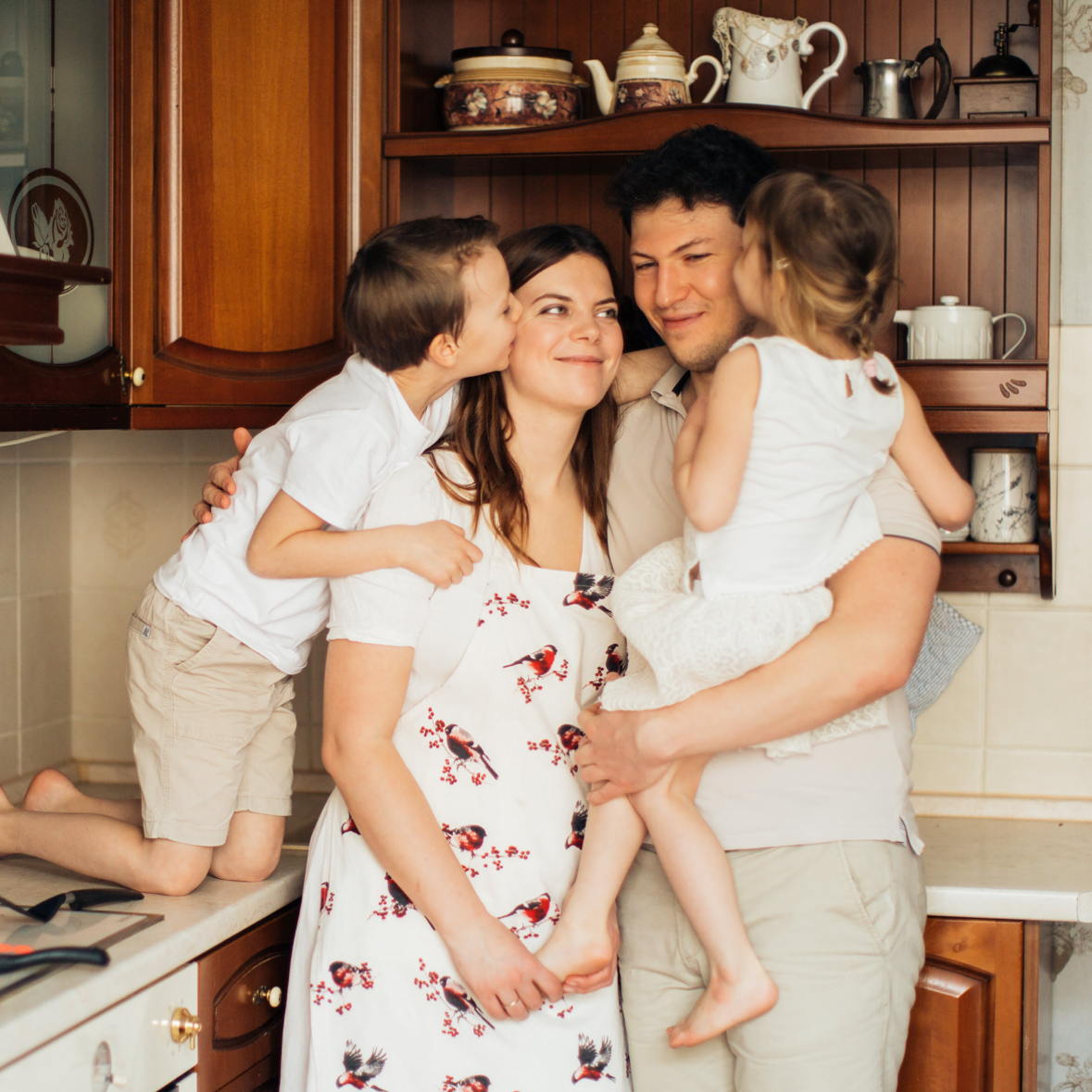Is there a Catholic way to parent?
It really depends upon what you mean by the question. If you mean, “Is there an approved list of preferred parenting methods the Church requires that we use for child rearing?” Well then, of course the answer is “certainly not!”
But if you mean, “Does our Catholic faith ask parents to have a mindset about parenting that reflects the Church’s unique vision of family life and make choices that are mindful of that vision?” Then the answer is, “unquestionably, yes!”
Vision, Method, and Mindset
Catholicism is an incarnational faith. Catholics can’t just say prayers that invoke the name Jesus and be done with it. We have to live differently. So, while Catholic businesspersons aren’t “required by the Church” to use a certain brand of accounting software, they are challenged to have a mindset about work, management, and money, that reflects the Church’s views on economics and, in turn, informs their workplace behavior and choices. Likewise, the Church doesn’t tell soldiers what uniforms to wear or weapons to carry, but the Church does insist that soldiers have a mindset informed by Just War principles that will govern their behavior and choices on the battlefield.
In the same way, the Church never says to parents, “Parent this way.” But it also doesn’t say, “Just do what works best for you!” Instead, the Church does say, “As Catholics, we have a unique vision of family life, so Catholic parents, please keep that vision in mind when making decisions about parenting so that vision may be fulfilled and you can be the witness the Church calls you to be.” So, what is that vision?
The Vision
Archbishop Chaput once observed that Pope St. John Paul the Great wrote about two-thirds of everything the Church has ever said about marriage and family life. His Theology of the Body could arguably be said to make up the mission statement for Catholic family life. If Catholic parents are looking for a place to turn to see what makes the Catholic vision of family life different from, say, the various Protestant denomination’s views of family life or a more secular view of family life, then it would be hard to find a better place to start than the Theology of the Body (TOB). And while TOB doesn’t tell parents what parenting methods to use, per se, it does articulate certain principles about family life and love that Catholics are encouraged to give serious consideration to when choosing their parenting methods. In fact, the parenting methods we choose are actually a kind-of catechism. The way we interact with our children–even more than what we say to them–teaches them how to think about relationship, life, faith, priorities, and morality.
TOB & PARENTING: 2 Principles for Practice
TOB is a huge body of work, and this article couldn’t possibly begin to articulate its unique vision of family life in any comprehensive way, but here are two points taken from TOB to begin to give you an idea of how TOB can help parents make choices about parenting that are truly informed by a Catholic vision of relationship.
1. Love is Embodied.
TOB teaches that God gave us our bodies so that we could express love for one another. It isn’t enough to have warm feelings for someone. To be truly meaningful, love must be expressed with our body and experienced by another body through words, and acts of service, presence, and affection. The more bodily an expression of love is, the more senses it uses to communicate itself, the more intimate that expression of love is.
Catholic vision of family life is one of embodied self-giving. God gives moms and dads bodies so they can hug and hold and carry and cuddle their children so that their children can feel God’s immense love in real and tangible ways. As TOB says, “the body, and it alone is capable of making visible that which is invisible; the spiritual and the divine.” Our children first encounter the reality of God’s love through our loving touch. The more physical we are with our kids, the more they develop the capacity to feel love and be loving. Interestingly, this theological point is backed up by neuroscience. Physical affection stimulates nerve growth and myelination (the growth of coating around nerve cells that make them fire more quickly and efficiently) especially in the parts of the brain responsible for empathy, picking up on facial and social cues, moral reasoning, compassion and other pro-social traits. TOB teaches that biology is theology because God’s fingerprints are all over creation. If we want to know how God wants us to relate to each other, look at the ways of relating that make our bodies function at their best.
Considering this teaching of embodied self-giving as the ultimate sign of love, Catholic parents have a clear mandate to ask themselves which parenting methods do a better job of communicating this vision embodied love: breast or bottle? Co-sleeping or crib? crying it out or comforting to sleep? And so on. The Catholic vision of love is embodied self-giving. Parents who want to convey an authentically Catholic vision of family life do well to choose those methods they prayerfully believe are the most bodily-based expressions of their love they are capable of giving.
2. Love is Intimate
TOB also teaches that we were created not just for love, but for intimacy. The entire point of the Gospel is loving, intimate, eternal union with God and the Communion of Saints. Think of intimacy as a unit of measure for love. Just like ounces, or cups, or gallons tell us how much water there is, intimacy tells us whether the love that is present is a puddle or an ocean. TOB tells us that families are to be “Schools of Love” that help us experience, as much as possible, the ocean of love God has for us. By extension, Catholic families are encouraged to choose those styles of relating, organizing their priorities, and disciplining their children that foster the deepest level of intimacy possible.
In Evangelium Vitae, Pope St. John Paul the Great wrote,
By word and example, in the daily round of relations and choices, and through concrete actions and signs, parents lead their children to authentic freedom, actualized in the sincere gift of self, and they cultivate in them respect for others, a sense of justice, cordial openness, dialogue, generous service, solidarity and all the other values which help people to live life as a gift.
Here, Pope St. John Paul II articulates a mission statement for the Catholic family. To approach parenting with an authentically Catholic mindset, we have to make all of our choices with this call to respect, justice, cordial openness, dialogue, service and radical togetherness in mind.
Does the Church tell parents exactly how many activities to let their kids participate in, or what discipline methods to choose, or how much time parents and kid need together? Of course not. But you parent with the mind of the Church when you ask yourself how many activities your kids can be involved in while still preserving the prime importance of family intimacy. Likewise, you can determine which discipline methods are more “Catholic” in the sense that they are more relationally-based and more likely to foster the open dialog and cordiality discussed in Evangelium Vitae.
Why, “Do what works for you” Is NOT Enough
Theology of the Body doesn’t give parents a step-by-step methodological blueprint for parenting that says, “do these methods instead of those.” What it does do is say, “Here is the mindset God wants you to have about family life. Choose accordingly.”
As Catholic parents, it just isn’t enough to say, “What works?” Or even, “What works best for you?” Catholic businesspeople can’t do that. Catholic soldiers can’t do that. Catholic families can’t do that either. Rather, from a TOB perspective, Catholics are challenged to ask, “Of all the different ways I could raise my kids and organize my family life, which choices enable me to do the best job I can of bearing witness to the embodied self-giving and call to intimacy that rests at the heart of the Catholic vision of love?”
For more information on how the Theology of the Body can transform your family life, check out Parenting with Grace: The Catholic Parents’ Guide to Raising (almost) Perfect Kids and Beyond the Birds and the Bees: Raising Sexually Whole and Holy Kids.
Dr. Greg Popcak is the author of almost 20 books. He directs the Pastoral Solutions Institute which provides Catholic tele-counseling to clients around the world. www.CatholicCounselors.com










